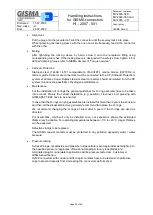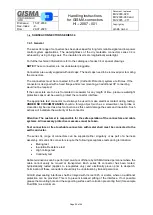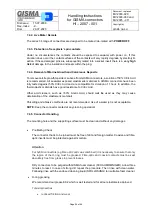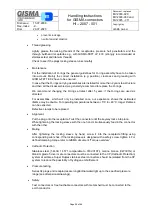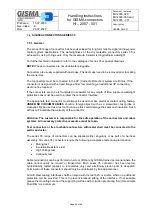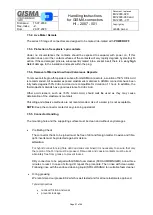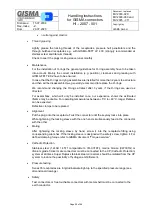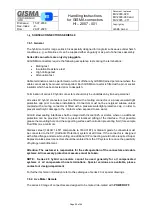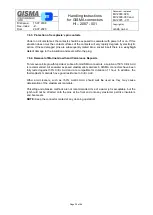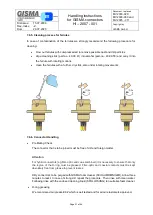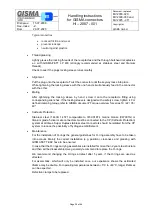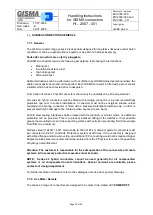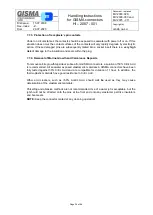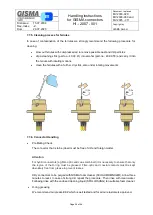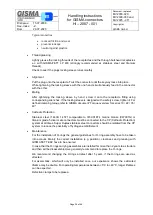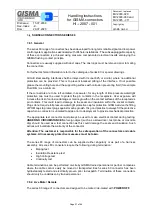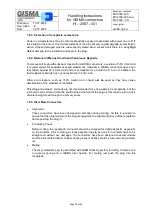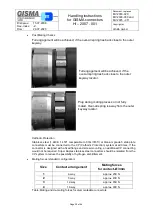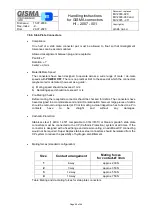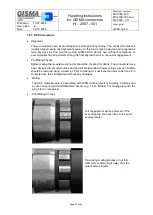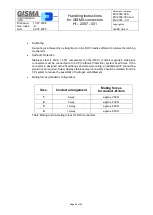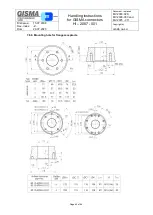
Handling instructions
for GISMA connectors
HI
– 2007 - 001
Document: replaces
MV 2000-020,
MV 2000-030 and
MV 2005 - 011
First issue:
15.07.2008
Rev.-Index: -Z-
From:
29.07.2020
Copyright by:
GISMA GmbH
Page 36 of 44
Typical properties
reduced friction and wear
prevents leakage
neutral against plastics
Thread greasing
Lightly grease the locking threads of the receptacles and the through bulkhead receptacles
e.c. with GISMA-FETT LP 430 (strongly recommended at stainless steel and titanium
threads).
Check to see if the plugs locking sleeve runs smoothly.
Alignment
Put the plug onto the receptacle. Twist the connector until the keyway locks into place.
While tightening the locking sleeve with the one hand, simultaneously feed in the connector
with the other.
Mating
After tightening the locking sleeve by hand, screw it onto the receptacle fitting using
corresponding wrenches. If the locking sleeve is designed with a safety screw, tighten it. For
defined clamping torque refer to GISMA document “Torque overview for series 10 / 22 / 35 /
40”.
Cathodic Protection
Stainless steel (1.4404/ 1.4571 comparable to 316L/316Ti), marine bronze (CW307G) or
titanium grade 5 diver mate connectors must be connected to the CP (Cathodic Protection)
system at all times. Super Duplex stainless steel connectors should be isolated from the CP
system to reduce the possibility of hydrogen embrittlement.
Maintenance
For the installation of O-rings the general guidelines for O-ring assembly have to be taken
into account. Mainly the correct installation (e.g. position), cleanness and greasing with
GISMA FETT EK2 have to be ensured.
In case, that the O-rings carrying assemblies are installed for more than 2 years to a structure
and then will be disassembled, we generally recommend to replace the O-rings.
We recommend changing the O-rings at latest after 5 years, if the O-rings are used as
directed.
For assemblies, which will only be installed once, our experience shows the estimated
lifetime may be double. For operating temperatures b5°C to +40°C, longer lifetimes
can be expected.
Defective clamps to be replaced.

